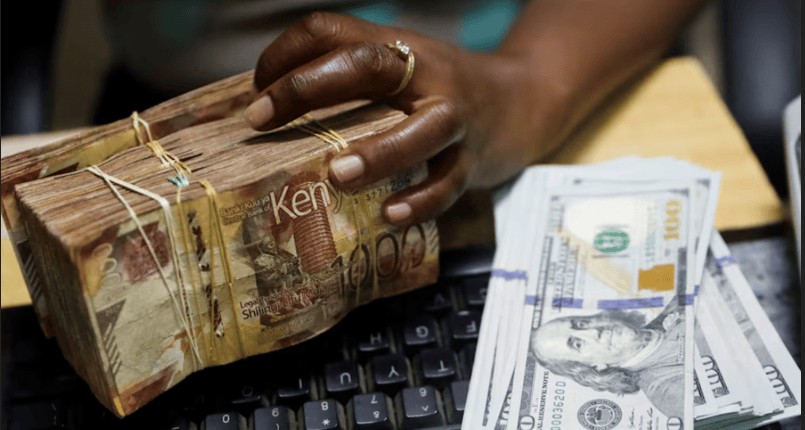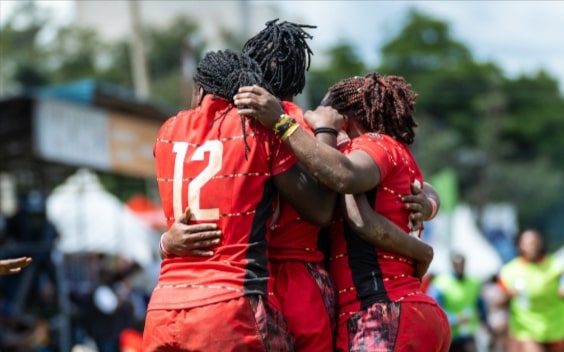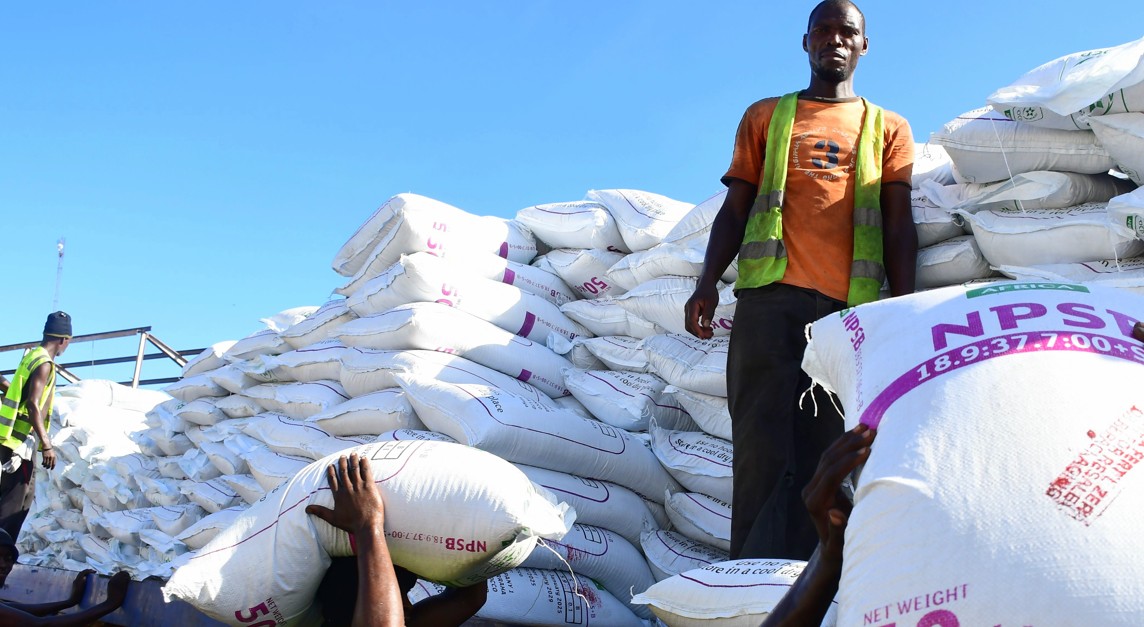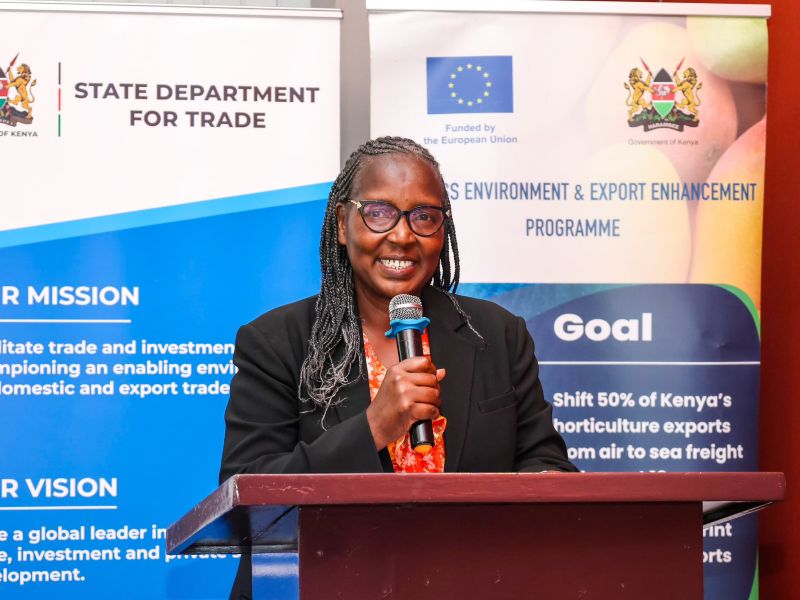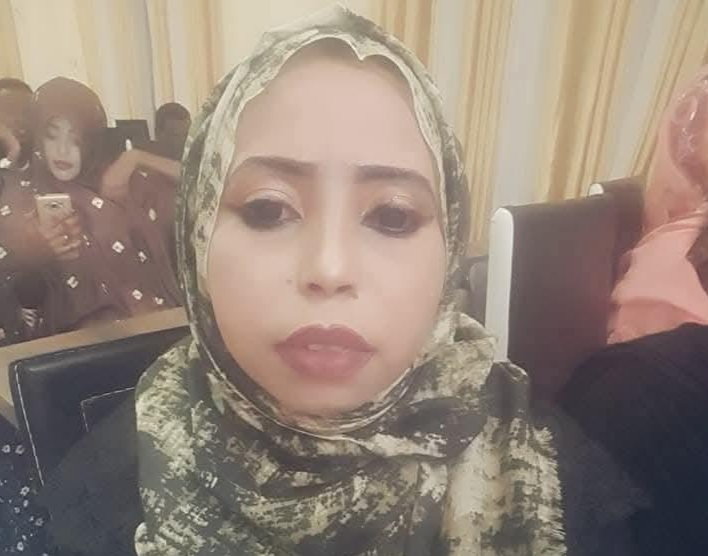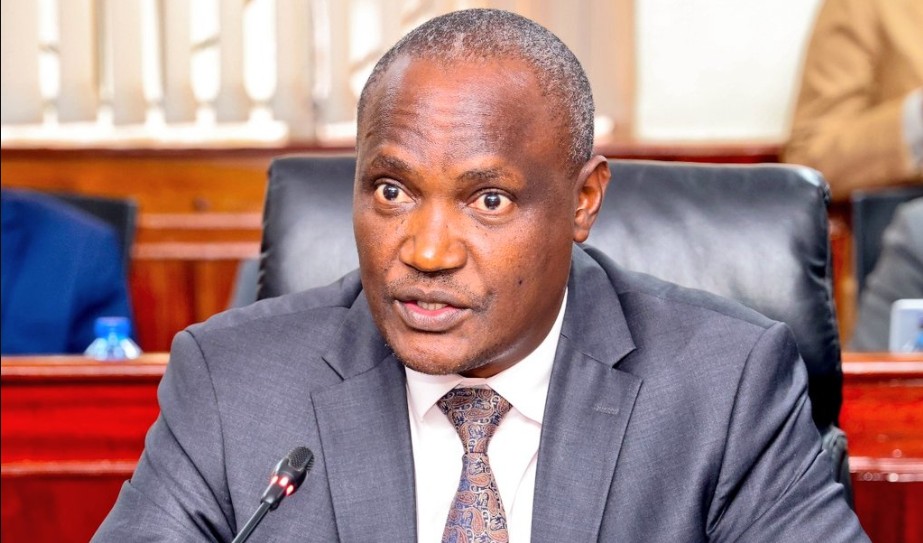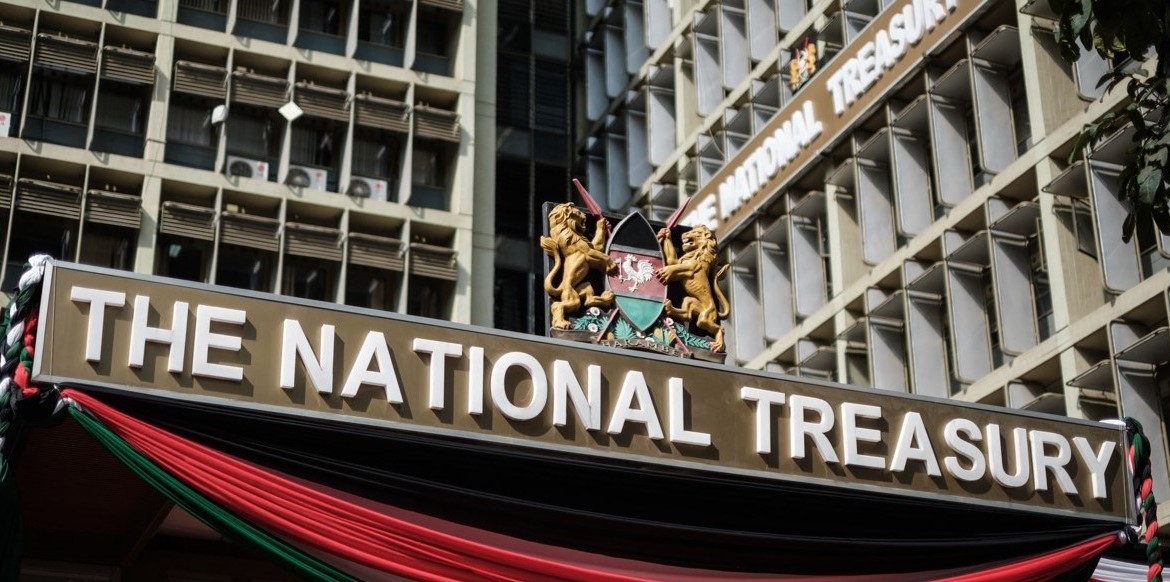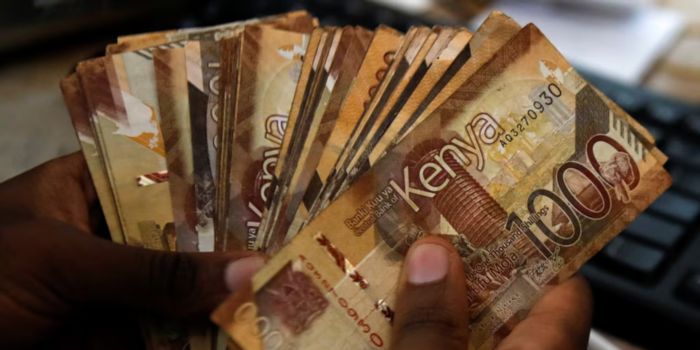Beyond aesthetics: The life-changing impact of cleft lip surgery
The World Health Organisation estimates that one child is affected by cleft lip and palate in every 700 births.
At just seven years old, Ali* carried a heavy burden for someone so young.
He was born with a cleft lip and was the only one in his family with this condition, which deepened his sense of difference and isolation. Each day, as he looked in the mirror, he saw his reflection and was burdened by how other children perceived him.
More To Read
Choosing to stay home, he sought solace in the company of the goats he tended in the vast desert of Mandera. These gentle creatures provided a sense of comfort and a quiet escape from a world he found daunting. While other children ran and played, laughing without care, Ali felt a deep longing. The thought of stepping outside, of facing potential judgment and rejection, filled him and his parents with anxiety.
His struggle to articulate words only made the situation worse. The difficulty he faced in expressing himself added to his frustration and isolation, making it even harder to connect with others. As a result, he had never set foot in a classroom. The idea of learning alongside other children and making friends felt like a distant dream.
A cleft lip is a condition where a baby is born with a split or gap in their upper lip, which can make the lip look uneven. A cleft palate, on the other hand, is when there is a gap in the roof of the mouth. Both conditions can occur together or separately and are caused by the lip and mouth not fully forming during pregnancy. These conditions can affect feeding and speech.
While a cleft lip is not considered a disability, its location on the face makes parents and children more acutely aware of the condition. This heightened awareness often comes from the fact that others may comment on it or draw attention to it, as Ahmed, Ali's uncle, shared. Such remarks can amplify feelings of self-consciousness and isolation for those affected, making the journey toward acceptance and understanding even more challenging.
“When we first learned about Ali’s condition, it was disheartening. With little information available in Mandera, his parents had resigned themselves to letting him live with it. Then I saw a poster about cleft lip surgery at the Belarisu Medical Centre in Eastleigh. I quickly connected with some relatives in Mandera, and they helped organise his travel to Nairobi,” Ahmed said.
He notes that when Ali arrived, he was so reserved and afraid of barely eating or speaking, and he wouldn't even mingle with his cousins. "It hurt me to see him like that," Ahmed said.
Transformation
“After his surgery a month ago, I’ve witnessed an incredible transformation. His confidence has soared; he’s become playful and full of life. I look at his face every day and can hardly believe how happy he is. He’s been sharing stories about his home and how things used to be, and I can’t help but feel so grateful for this change.”
He notes that now Ali can be enrolled in school and grow up healthily like other children—the days of his cleft are long behind him.
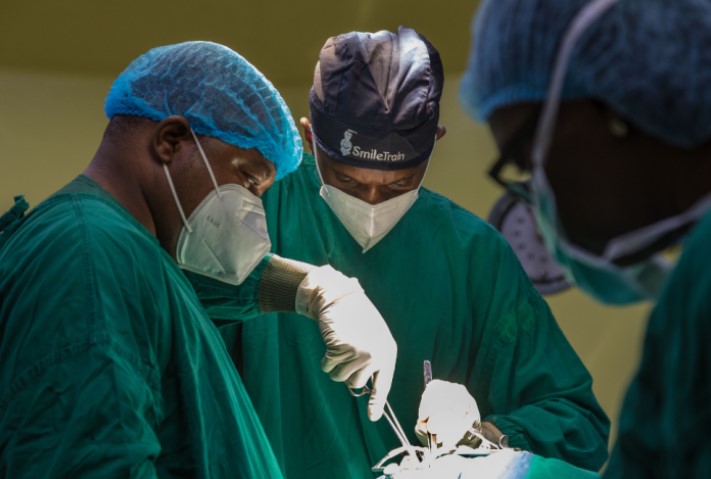 According to Smile Train (2021), 14-37 per cent of children with clefts report experiencing bullying, and 30-50 per cent may need orthodontic treatment or orthognathic surgery. (Photo: Smile Train)
According to Smile Train (2021), 14-37 per cent of children with clefts report experiencing bullying, and 30-50 per cent may need orthodontic treatment or orthognathic surgery. (Photo: Smile Train)
As The Eastleigh Voice reporter walked through the Belarisu Medical Centre, she observed mothers watching their children play comfortably with Ali, who was happy and walking with his chin held high. It was a beautiful sight. Other mothers waiting for surgery expressed their gratitude for the free procedures that have transformed not only their children’s lives but also their entire families.
Untreated cleft lip can have a lasting impact on a person’s development and self-image, negatively influencing their life, as noted by Abdulhakim Kimani, co-founder of Bela Risu Medical Centre.
“Cleft lip and palate affect the face, and we know that people often judge based on appearances. We’ve encountered mothers who come in feeling downtrodden and stressed, but once the surgery is completed, you can see the radiance on their faces,” he explains.
He emphasizes that many people view cleft surgery as purely cosmetic, but it has a much greater impact on an individual’s psychology and overall well-being.
“I remember an outreach event where we met a 75-year-old woman who chose to undergo surgery despite her family’s objections. They felt she had lived her entire life with the condition. But she was adamant; she didn’t want to be remembered as the woman with a cleft lip after she passed away. The joy on her face, once the cleft was corrected, was truly beautiful to witness,” Abdulhakim said.
He emphasizes that untreated cleft lip can have long-term impacts, including speech difficulties, psychological issues, and low self-esteem, which affect many individuals.
“If a cleft lip or palate isn’t repaired during a child’s formative years, there’s a significant chance that even after correction as adults, they may still face speech impairments, feeding challenges, low self-esteem, and bullying,” he explains.
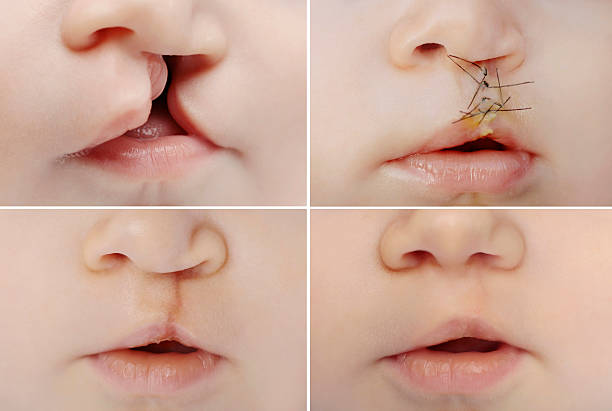 Closeup on lips of baby with lip and palate cleft before and after surgery. (Photo: Dental Image)
Closeup on lips of baby with lip and palate cleft before and after surgery. (Photo: Dental Image)
He urges parents and the community not to shy away from supporting individuals with clefts, as surgical correction is most effective when performed on young children.
Bela Risu Medical Centre offers comprehensive cleft lip surgery for free to all individuals, both children and adults. To date, over 8,000 patients from Kenya and other countries, including Somalia, Ethiopia, South Sudan, Angola, and more, have benefited from this vital surgery.
According to Smile Train (2021), a child with a cleft is born every 4.5 minutes. Between 30-60 per cent of children with a cleft palate will require speech and language therapy, while globally, 26 per cent of children are underweight at the time of primary repair. Additionally, 14-37 per cent of children with clefts report experiencing bullying, and 30-50 per cent may need orthodontic treatment or orthognathic surgery. About 5-10 per cent of children with cleft lip and/or palate also have associated syndromes.
The World Health Organisation estimates that one child is affected by cleft lip and palate in every 700 births. There are variations in prevalence based on gender and ethnicity: boys are more often affected by cleft lip and palate, while girls are more frequently affected by isolated cleft palate.
These craniofacial anomalies can have serious consequences, impacting food intake, speech, hearing, breathing, craniofacial development, aesthetics, social skills, and ultimately, the well-being and quality of life for both the individuals and their families. Therefore, rehabilitation protocols need to begin in the first months of life.
Cleft lip and palate can also carry a social stigma that is challenging to address and define. The severity of social impairments can vary based on the child's age and the type of cleft. While cleft lips may lead to aesthetic concerns, those involving the palate can also result in speech difficulties.
Beyond the stigma associated with speech and aesthetics, the social environment in which these children grow up is crucial for their independence. Families play a vital role in supporting the growth and development of children with oral clefts. However, due to the anatomical challenges, family approaches can often become either overprotective or excessively permissive in their parenting styles.
Top Stories Today

